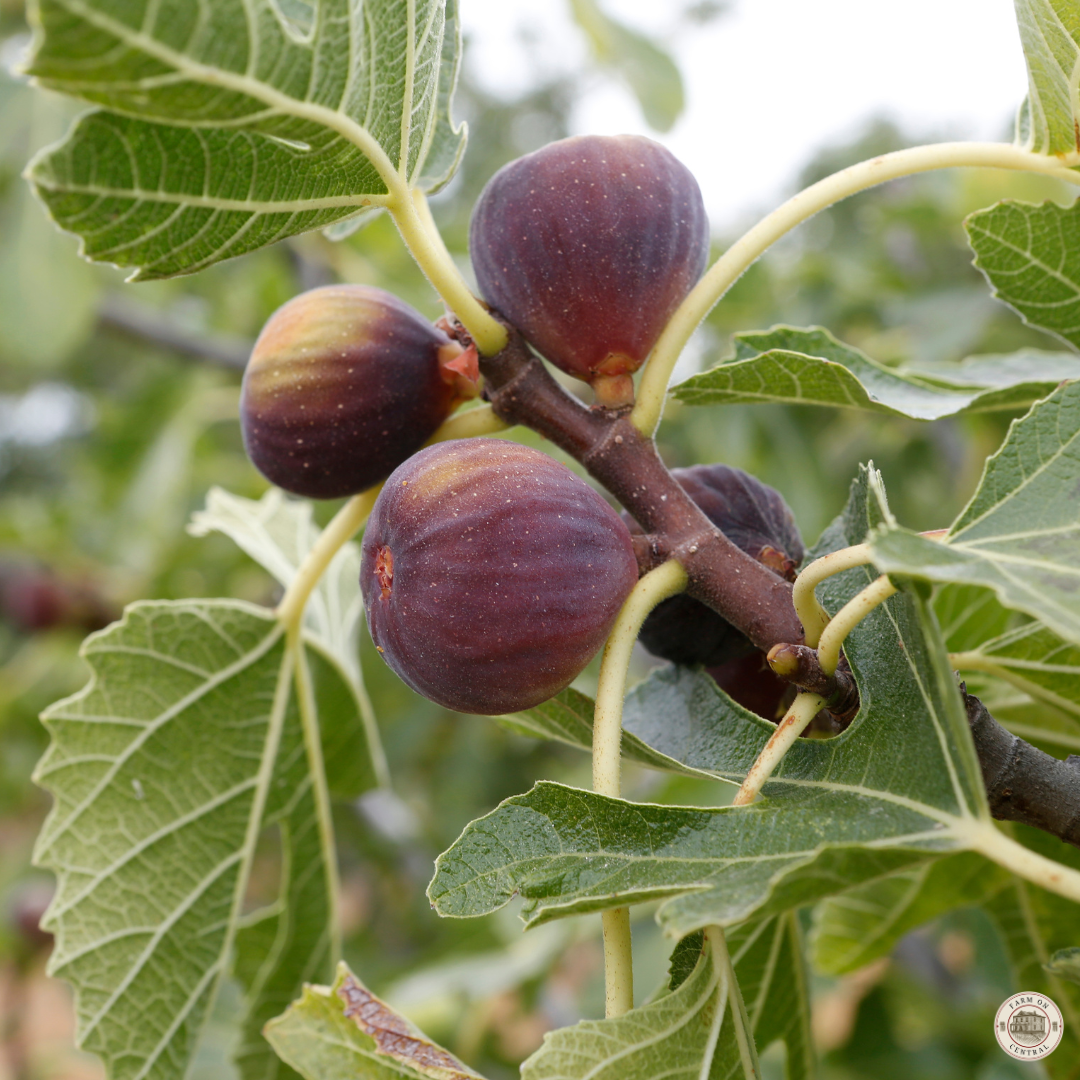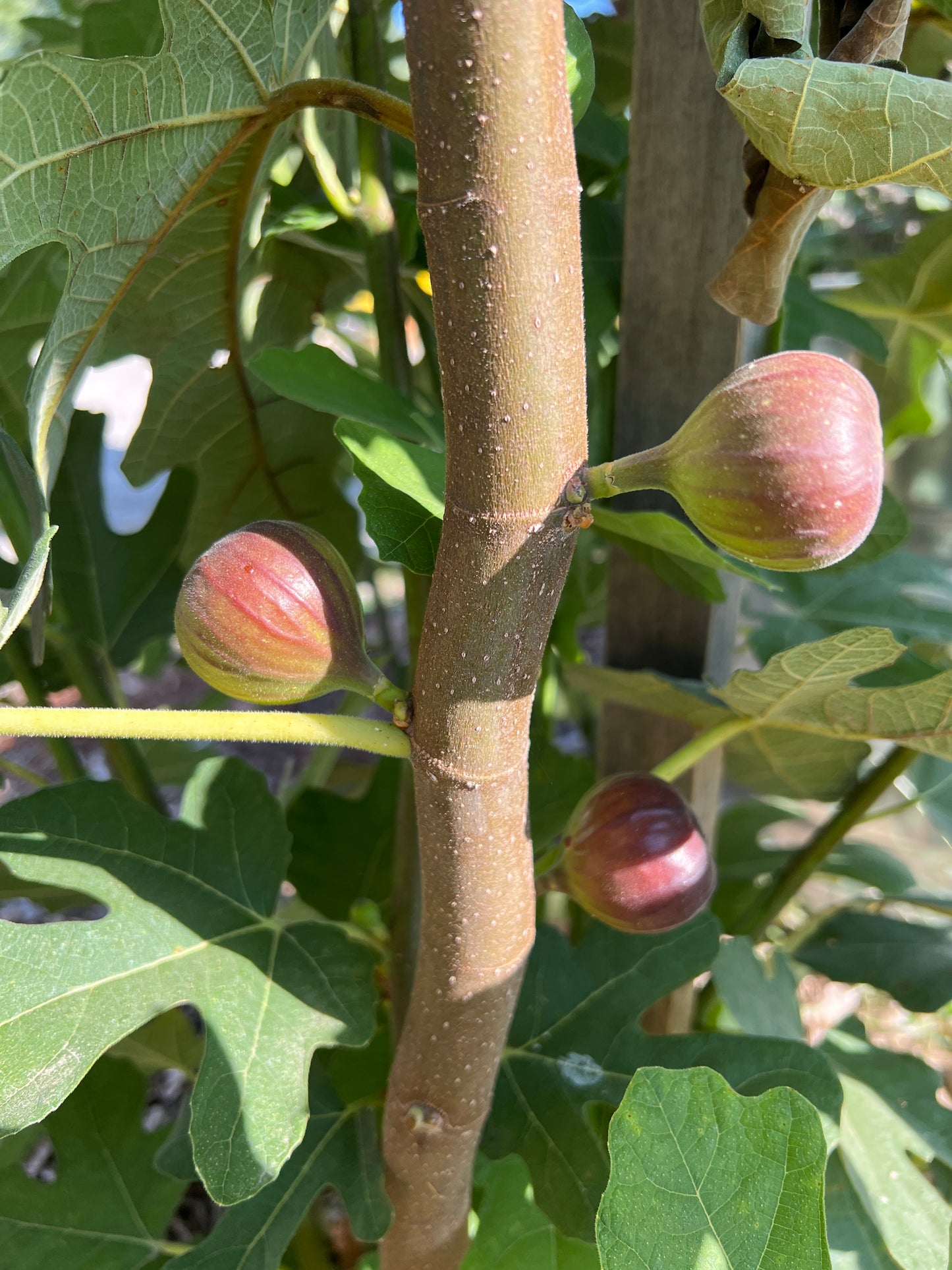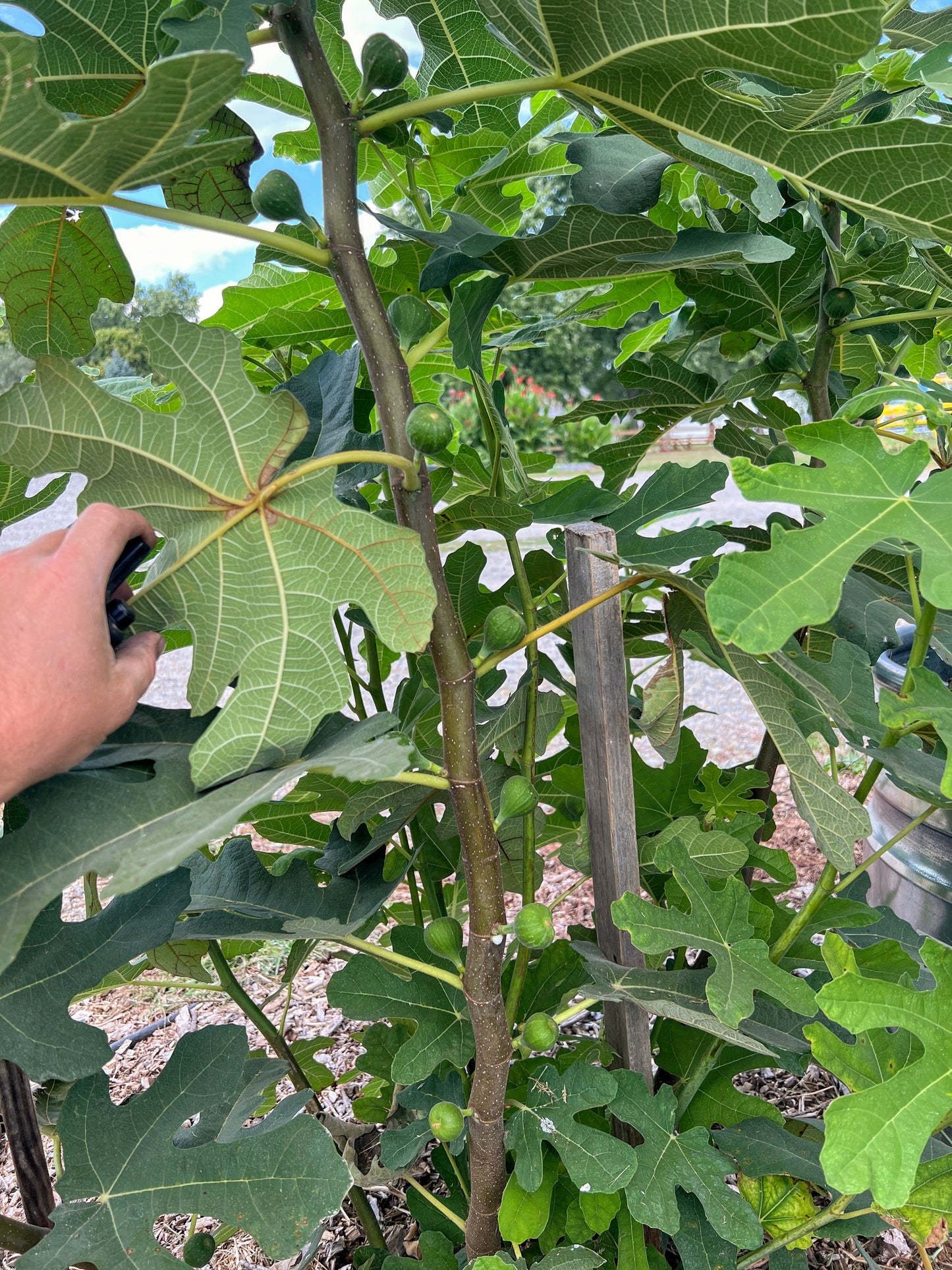Olympia Hardy Fig Plugs
Olympia Hardy Fig Plugs
Couldn't load pickup availability
Olympia Fig (Ficus carica 'Olympia') – A Cold-Hardy Heirloom with Rich, Sweet Flavor
The Olympia Fig (Ficus carica 'Olympia') is a rare and exceptional heirloom variety, prized for its rich, jammy flavor and ability to thrive in cooler climates. This cold-hardy fig produces medium to large, deep purple fruits with a luscious red interior, bursting with intense sweetness and berry-like undertones. A perfect choice for fresh eating, drying, or making preserves, Olympia is a must-have for fig enthusiasts and northern growers looking for a reliable, flavorful harvest.
Why Grow Olympia Fig?
✅ Cold-Hardy & Productive – One of the best figs for northern growers, reliably producing even in cooler regions.
✅ Exceptional Flavor – Deep purple skin with a rich, jammy interior that’s perfect for fresh eating or drying.
✅ Low Maintenance – Drought-tolerant and self-pollinating, requiring minimal care.
✅ Compact & Adaptable – Thrives in the ground or containers, making it ideal for small spaces.
Growing & Care Instructions
- Botanical Name: Ficus carica 'Olympia'
- Hardiness: Best suited for Zones 6-9, though it can be grown in colder zones with winter protection.
- Sun & Soil: Prefers full sun and well-draining soil.
- Spacing: 8-10 feet apart for proper air circulation and optimal growth.
- Watering: Water deeply but allow the soil to dry slightly between waterings.
- Pruning: Minimal pruning needed; remove dead or overcrowded branches in late winter.
- Winter Care: In colder zones, mulch heavily or grow in a container to bring indoors during harsh winters.
Whether you’re a backyard gardener or a market grower, the Olympia Fig is a resilient, high-flavor variety that delivers year after year.
📦 Ships as a healthy, well-rooted 72 sized plug – this should be potted up before you plant outside, but you can plant directly outside with care.
Spacing and Protection from Cold: Proper spacing and protection from cold are crucial for the thriving of your Olympia Fig. We recommend spacing your trees at least 7 to 12 feet apart to allow for adequate growth and airflow, although espaliering these plants up a southern facing wall can be done closer and means better protection and yields. When it comes to protecting your fig tree from chilly temperatures, mulch generously around the base to insulate the roots.
What are the growing practices?
NON-GMO conventionally produced tissue culture plug.






